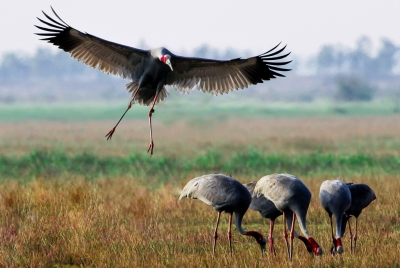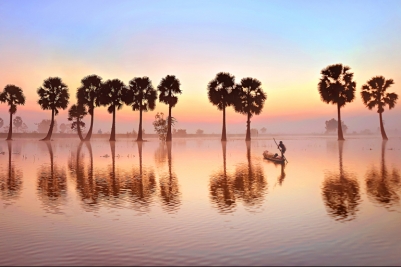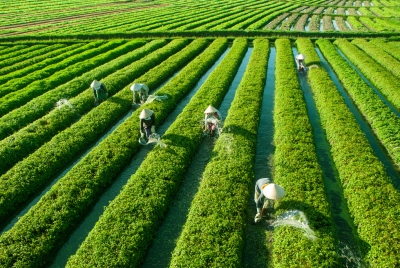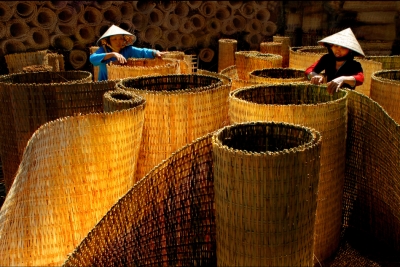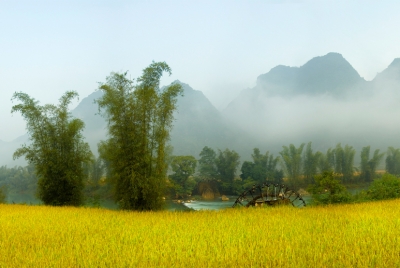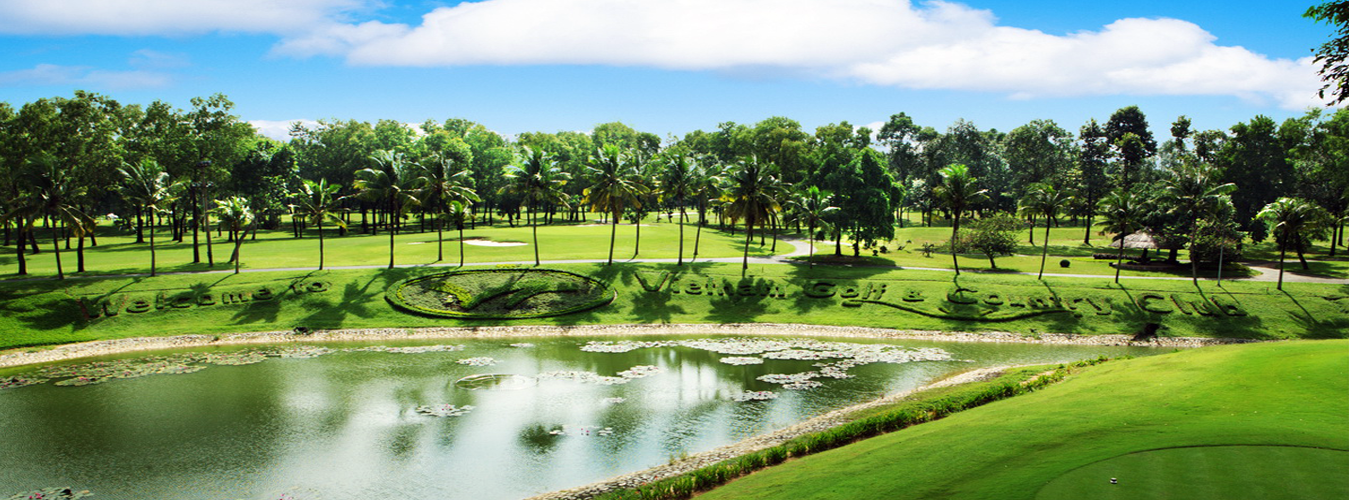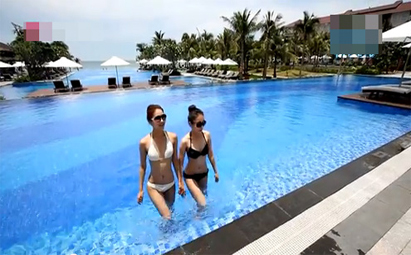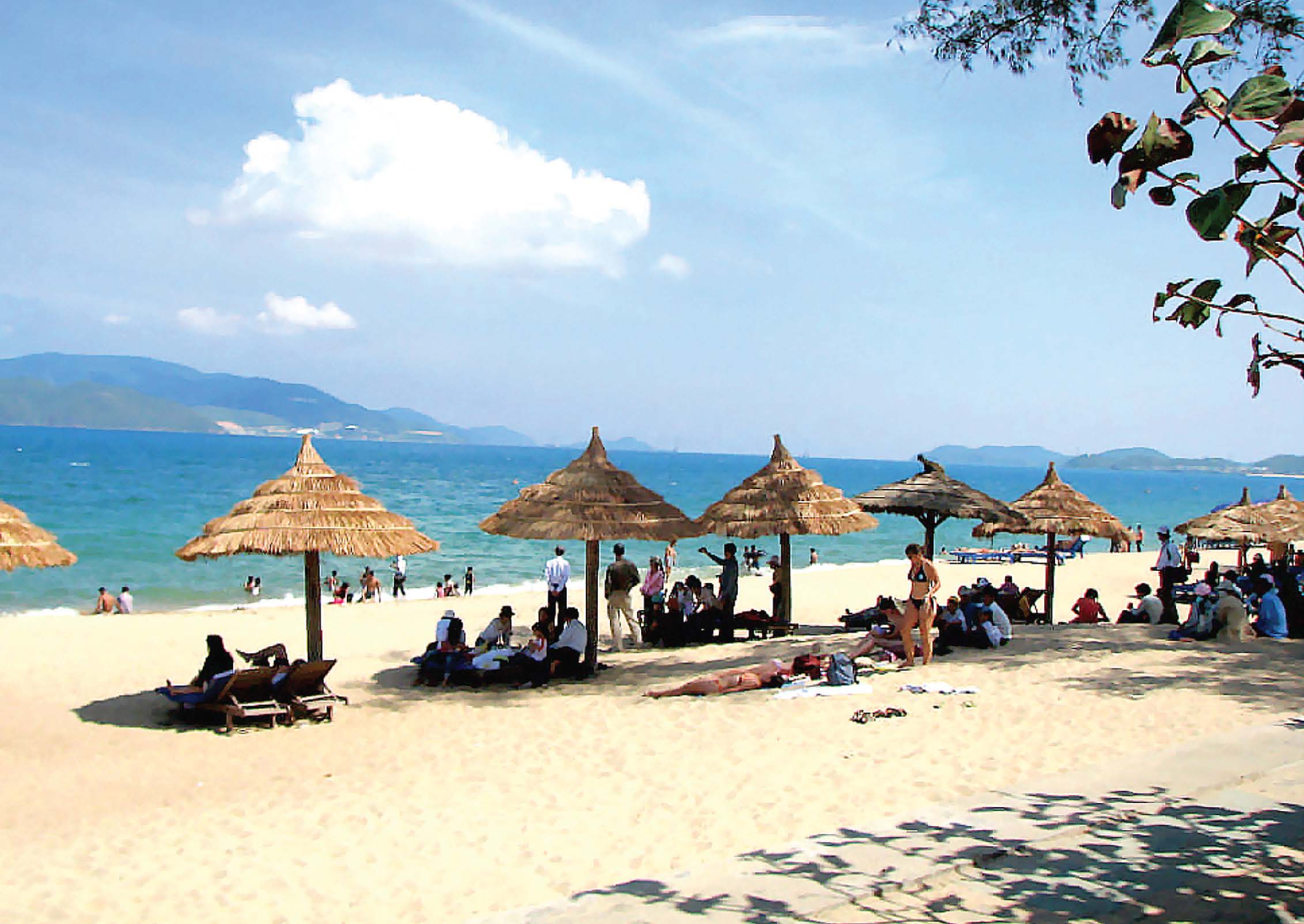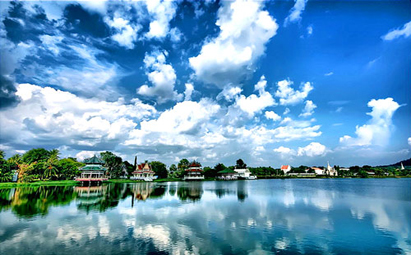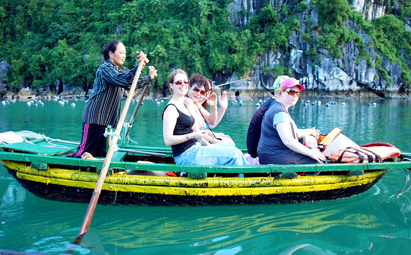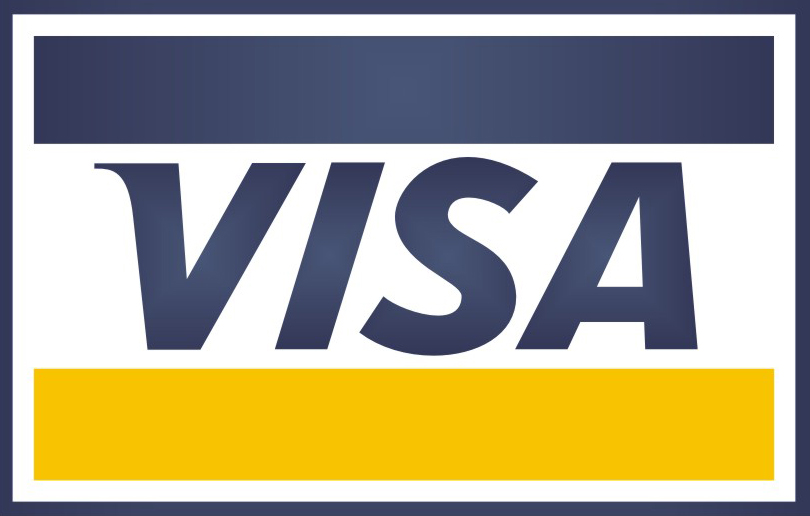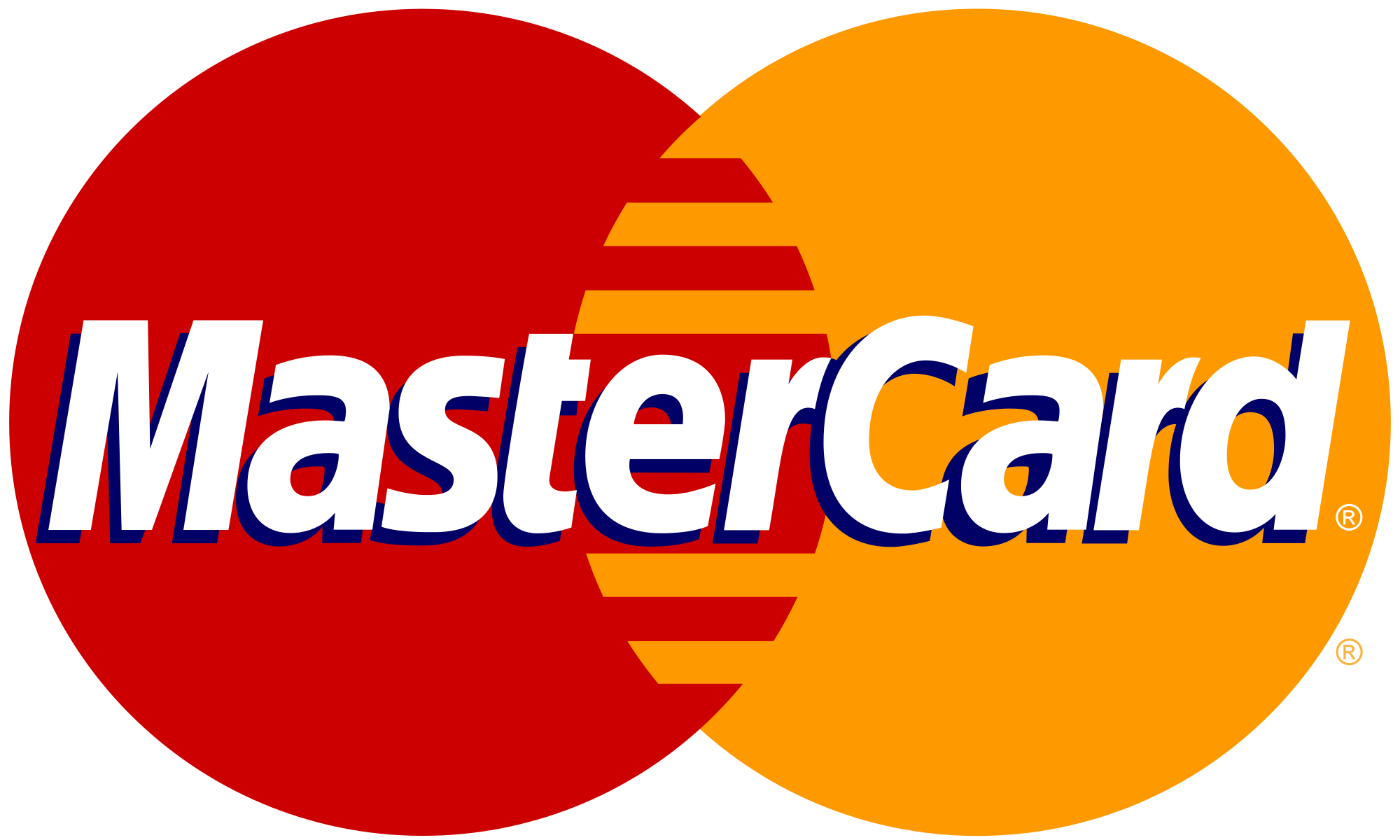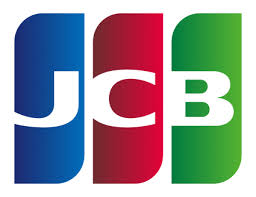Travel Guide
Useful words and phrases
The Vietnamese language is a very difficult one to learn. Being a tonal language, with regional variations, it is nigh on impossible for a short-term traveller to get their mouth and tongue around some of the pronunciations (so it is very easy to say something impolite or inappropriate).
The Vietnamese language is derived from the Chinese, though the two languages are now poles apart. It has 6 tones, which means that a word can be said 6 ways and has 6 different meanings! There are also regional variations, (to confuse matters further), so what you learn as polite in Saigon may be quite the opposite in Hanoi.
In the 17th century Alexander de Rhodes (scholar and missionary) introduced the Romanised script which was used by the ‘educated’ elite. It was not until 1954 (when Uncle Ho governed North Vietnam) that this Romanised script became the official written script for all the Vietnamese. Today, English is the most popular second language in Vietnam, so there is bound to be someone around who can help you. Some people also speak French, while others speak Russian, but these are becoming less common.
Having said how difficult it is to learn Vietnamese, don’t be put off, have a go, but also be prepared to receive a few laughs at your attempts. Below is a list of often used or useful words and phrases. Pronunciations can vary significantly within Vietnam, especially northern vs. southern. Please find below are some useful words and phrases.
(English - Vietnamese - phonetic pronunciation)
1. Hello! - Xin chào! (seen chow!)
2. Goodbye - Chào (chow!)
3. How are you? - Bạn có khỏe không? (ban co kwe khome?)
4. I'm fine, thank you! - Cám ơn bạn tôi khỏe (gahm un ban thoy kwe)
5. And you? - Bạn thì sao? (ban ty sao?)
6. What's your name? - Bạn tên gì? (ban thane zee)
7. My name is... - Tôi tên là.... (thoy thane la...)
8. Thank you - Cám ơn (gahm un)
9. You're welcome - Không có gì (khom go zee)
10. Yes - Vâng (vung)
11. No - Không (khome)
12. Excuse me... - Xin lỗi (seen loy)
13. Can you help me? - Bạn giúp tôi được không? (ban zoop thoy duc khom?)
14. I'd like to eat - Tôi muốn ăn (thoy moowan un)
15. I'd like to drink - Tôi muốn uống (thoy moowan oowanh)
16. Good - Tốt (thote)
17. Bad - Không tốt (khome thote)
18. What is this? - Cái này là gì? (guy nai la zee)
19. How much - Bao nhiêu (bow nyew)
20. Too expensive - Mắc quá (mahk qwa)
21. Where is the nearest internet shop? - Chổ internet ở đâu? (choh internet uh doh)
22. Where is the nearest bank? - Nhà băng ở đâu? (nya bung uh doh)
23. Hotel - Khách Sạn (khack san)
24. Hot - Nóng (nom)
25. Cold - Lạnh (lang)
26. Coffee - Cà phê (cah feh)
27. Hot black coffee - Ca phe nong (cah feh nom)
28. Hot Coffee with milk - Cà phê sữa nóng (cah feh sua nom)
29. Iced Coffee with milk - Cà phê sữa đặc (cah feh sua dahk)
30. Tea - Trà (chah)
31. You're beautiful - Cô/em đẹp quá (coh/em dep qwah)
32. I like - Tôi thích (thoy tick)
33. I love you- Anh yêu em (ang eu-oh em)
34. I am happy - Tôi vui (thoy vuoy)
35. I am tired - Tôi mệt (thoy mate)
We hope this is useful to you, and remember: it changes from area to area and it is okay to make mistakes.
Vietnamese Cuisine
PR Log (Press Release) – Nov 20, 2008 – Dining on traditional Vietnamese cuisine is part of total immersion into the culture. Vietnamese food is quite unlike any other food in Southeast Asia. It’s even quite different from China. Overall it’s a blend of Malay; Indian; French and influences and incorporates baguettes and pate from France; and curries and chilies from India.
Foreign visitors consider Vietnamese food quite healthy. It is neither spicy nor oily. Vietnamese eat mainly rice and noodles. Bread is not daily family food. Delicious bowls of noodle soup with vegetables and meat can be purchased everywhere inexpensively for breakfast or even lunch. Each average meal consists of three to five dishes. Tourists can enjoy Vietnamese food everywhere at deluxe restaurants or even at street cafes.
As you travel up or down the country; you will notice sharp differences in both main dishes and snacks eaten by locals. It’s one of the joys of traveling in the country; and it’s a good idea to ask your guide to point out interesting things to eat.
Once you are in Vietnam; you immediately fall in love with Vietnamese Food. Vietnam is also a coffee-lover’s dream. It seems like every street cafe sells the thick coffee preferred by locals. We try to introduce here some typical Vietnamese food that no tourist can ignore when they come to Vietnam.
Pho (Noodle Soup)
For Vietnamese; Pho is life; love and all things that matter. In Vietnam; Pho is mostly a restaurant food. Though some people prepare it at home; most prefer going to noisy soup shops. Here are a few tips:
Pho comes with a variety of toppings including rare beef; well-done beef and slices of brisket; tendon; tripe and even meatballs. If you’re a novice; try Pho Tai Chin; which includes the rare and well-done beef combination.
Sprinkle some black pepper; then add bean sprouts; fresh chili and a little squeeze of lime to your bowl. Using your fingers; pluck the Asian basil leaves from their sprigs and; if they’re available; shred the saw-leaf herbs and add to the soup. Add little by little; eating as you go. If you put the greens in all at once; the broth will cool too fast and the herbs will overcook and lose their bright flavors
Nem
One of the best Vietnamese foods! The Vietnamese Version of the egg roll; Cha Gio is a seasoned mixture of eggs; ground pork; and sometimes crab or shrimp rolled tightly in rice paper and deep-fried. It is served accompanied by lettuce; cucumber and Nuoc Mam.
The proper way to eat these delicacies is to roll them in a piece of lettuce with a slice of cucumber and dip it into the Nuoc Mam.
Banh Chung
Banh Chung or square rice cake is a Vietnamese traditional dish most commonly found during the “TET” New Year celebration. Every Vietnamese family must have “Banh Chung” among their offerings to be placed on the ancestors' altars.
One or two days before Tet; the family gathers to prepare and cook the rice cakes around the warm fire. “Banh Chung” is made of glutinous rice; pork meat and green bean paste; and is wrapped in a square of “Dong” leaves (rush leaves) giving the rice a green color after boiling for ten hours. During “Tet” New Year; the rice cakes are served with “gio lua” or lean pork pie; and “hanh muoi” or salted sour onions.
Coffee
Vietnam is also a leading coffee exporter in the world. You can easy find many coffee houses in the streets of all cites. Please remember that Vietnamese coffee is quite “strong”. If you take as many as four cups of coffee in a day; you may be sleepless at night. Vietnamese coffee is a very good gift from Vietnam for your family member after a visit to Vietnam. One the most favorite trademark is Trung Nguyen.
Mam (Salted Fish)
Mam originally comes from the South because it is newly cultivated land and there are plenty of fish. Mam made from trout can be consumed with rice or with boiled pork and fresh vegetables and it’s considered an undeniable food of the Daily life in Mekong Delta. Fish caught from rivers or ponds are carefully salted. It can be reserved in month or even years
Com (Green Rice)
In a clear autumn morning, when the Northeast wind lightly blows; green-rice from Vong village (a famous village in Hanoi) travels with young country girls to the corners of the city. Green rice is said to be the quintessence of the earth and sky, the milk of rice paddies in buds. Vong villagers now pick and choose the right kinds of rice to make green-rice. Traditionally, green-rice is an offering indispensable on engagement day of the couple, from the bridegroom’s family to the bride’s family.
Xoi (Glutinuos Rice)
Rice is categorized in two: normal rice and sticky rice. The second is indispensable in people’s daily life as well as on holidays. Sticky rice is plentiful in types: banana flavor, coconut-leaf, sesame and coconut, sausage, back-peas, green-peas, maize and mixed sticky rice...are just a few in 3 parts to name. “Nep than”, “Nep cai hoa vang” are best flavors to make rice and wine.
What a wonder it’s on a winter day! Dressed in warm clothes, we drop in a little shop at night and have a bowl of white sticky rice consumed with pork or eggs. On New Year’s days or holidays, sticky rice is what must be on the family altar.
Ca Ca La Vong (La Vong Fish-Pie)
The inventor of this fish-pie came from Doan family on Hang Son Street, Hanoi. In 19th century, Hanoi people normally baked pork, but he baked fish-unstinking fish to make fish-pie. Hanoi people then soon got infatuate it and his eating-house turned prosperous. Henceforth, the name of the street was changed into Cha Ca (fish-pie) from its former name Hang Son (Paint Street) due to success of his eatery.
To Hanoi people, the taste of Cha Ca remains as it was. To have tasty pie, shopkeepers have to select good fish with solid fresh, less bones and good scent. Processed fish is mixed in fish sauce, pepper, galingale, saffron and rice-ferment. Then put on a fire-tongs and grilled right on the eaters' table. Eaters, while eating, have to fan the fire, turn upside down to make both sides baked. Then they put the fish into a bowl of boiling fat and consumed with rice vermicelli, groundnuts, spices, dried rice-cake, sliced onion leaves, some drops of lemon juice and a little coleopteran.
Hanoi people try fish-pie only in Autumn, when the cold wind is blowing outside, spices are in season and a group of friends slowly drink and enjoy the food in a small restaurant on Cha Ca street, what a wonder it is!
Bun Bo Hue (Hue Beef Vermichelli)
All over Vietnam, you can find and enjoy beef-vermicelli and it seems tastes from all parts in the country meet and make up special flavor of Hue vermicelli. Hue people enjoy beef-vermicelli in their own way and the food here is a combined art of something fashionable, something very popular. Hue connoisseurs rarely enjoy the food in well-decorated restaurants, and an eating place frequented by tourists is opposite to city post-office on Ly Thuong Kiet Street. Beef-vermicelli is consumed here day and night, the broth-pot is kept boiling but this is not the most visited one because Hue city folks only have beef-vermicelli in the morning and they have their own choice.
Cake in the Central Part
Central part, a sunny and rainy area is a bridge that links North and South and rich in wet-rice, maize, sweet potato, corn and manioc. These agriculture crops have enriched their life and the people in the central part have created kinds of cakes made of skillfully prepared would be a shoe in people hard-working life and aptitude in food invention.
There are hundreds kinds of cakes: dumpling, boiled dumpling, coconut-cake, rice-wafer, rice-pie, corn-cake, steamed cake, pan cake, white rice cake…are just few to name. Separate cakes are made of certain ingredients. Each cake needs certain skills to prepare, for people in the central part, especially in Hue, cake are synonymous with decorative to their highly tastes daily meals.
Useful Tips
Vietnam's culture demands that you observe certain strictures, although the Vietnamese are generally very forgiving of unintentional faux pas. Petty urban crime and military sensitivity aside, the Vietnamese are very welcoming to their visitors. Vietnamese hospitality will make you feel right at home, more so when you keep the following tips in mind.
DOS
Give your smile and greetings to local people, especially to those older than you.
Drink plenty of bottled water, roughly 2 litters a day is recommended to avoid dehydration. No tap water, even in 5 star hotels.
Store your cash, credit cards, airline tickets and other valuables in a safe place. Most 4-star hotels have in-room safes, otherwise ask the reception to keep your valuable things in their deposit facility.
Take a hotel business card and a city map from the reception desk before venturing out from your hotel. This will be a big help in case you get lost.
BYOTP: Bring Your Own Toilet Paper! Expect that there is no toilet paper at the public toilets.
If invited into a home, always remove your shoes at the front door when entering, or follow what the owner do. Ask for permission when taking a photograph of someone. If they indicate that they do not want you to, then abide by their wishes.
Check on your first day whether you need to reconfirm your next flight, if so do it then. Some airlines do not require this anymore but it is still worthwhile calling them so that they at least have your/ or your tour guide’s contact details, in case the flight is delayed or whatever.
Dress conservatively wherever possible. The Vietnamese are generally modest about clothing, and look askance at visitors wearing far too little in public. Dress lightly if you must, but not overly so - avoid tops with plunging necklines, spaghetti-strap tops, and short shorts where possible. This goes double for visiting temples and pagodas - keep your arms and legs covered, and hide as much bare skin as you can. It's extremely rude to go to such places while insufficiently dressed.
DON'TS
Don't show off; keep a low profile. Flaunting wealth is impolite; don't look like an Ugly Tourist with far too much gold and far too little sense. Don't carry more money than you need when walking in public. Don't wear too much jewelry. Not only is this good manners, you also reduce the risk of becoming the next victim of a drive-by bag snatcher.
Don't cause Vietnamese to "lose face". The concept of "saving face" is extremely important in East Asian social relationships. Avoid behavior that causes embarrassment to another party, and hold back behavior that can be misconstrued as overly aggressive. Don't force money on other parties. Don't wheedle or insist. Most importantly, don't lose your temper in public; try to be cool and collected whenever possible.
Don't be too camera-happy. Ask people's permission before you take their picture - not all of them want their picture taken.
This goes double for pictures in rural ethnic villages. This goes triple for military installations and equipment!
Never give your empty water bottles, sweets and candies to the local people when trekking through ethnic minority villages. You cannot guarantee that the empty bottles will be disposed of in a correct manner and in another way that may create a begging culture in those underprivileged places. If you would like to give any kind of charity/ contribution to the local, ask your travel agent or your onsite guide to introduce you to the local in-charge person, who can be a teacher or a village leader.
Never sleep or sit with the soles of your feet pointing towards the family altar in someone’s house.
Never venture out from your hotel with more cash than you really need for that day.
No pointing, especially in the respectful places.
You can also contact us by email if you have any other questions that may relate to your travel and booking a trip.
Direct Customers: Email: info@skypacifictravel.com
Website: http://www.skypacifictravel.com/

